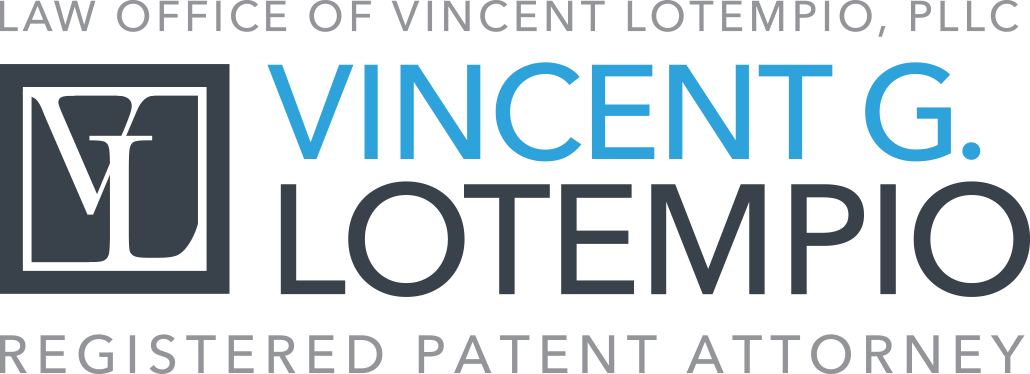A U.S. trademark can be registered for 10 year renewable terms with the federal government (under the Lanham Act) and/or with local & state governments. There are two federal registers: the Principal & Supplemental Registers. The types of marks eligible for registration on each of the federal registers include:
- trademarks;
- service marks;
- certification marks; and
- collective marks.
Trademark registration requires the applicant to provide proof of actual use in interstate or foreign commerce. Filing a trademark application is legally considered constructive use and constructive notice of the applicant’s claim to the mark. Filing an application on an intent-to-use basis will delay the need to show proof of actual use until after examination and publication. A registration gives the owner protection throughout the entire United States and is retroactive to the filing date for priority purposes.
